TU Delft has demonstrated that the speed at which inexpensive solar cells are produced can be increased by a factor of ten - and that this can be achieved without any detriment to the energy yield of the cells.
Mar 17th, 2011
Read more
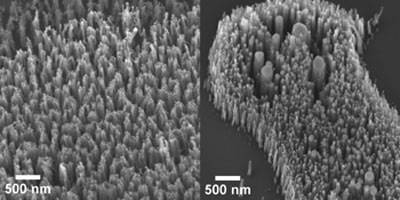 Carbon nanofibers hold promise for technologies ranging from medical imaging devices to precise scientific measurement tools, but the time and expense associated with uniformly creating nanofibers of the correct size has been an obstacle - until now. A new study from North Carolina State University demonstrates an improved method for creating carbon nanofibers of specific sizes, as well as explaining the science behind the method.
Carbon nanofibers hold promise for technologies ranging from medical imaging devices to precise scientific measurement tools, but the time and expense associated with uniformly creating nanofibers of the correct size has been an obstacle - until now. A new study from North Carolina State University demonstrates an improved method for creating carbon nanofibers of specific sizes, as well as explaining the science behind the method.
Mar 17th, 2011
Read more
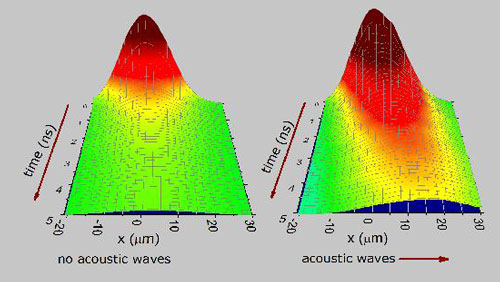 Spinpolarisierte Elektronen lassen sich mit Hilfe von akustischen Wellen transportieren. Mit einem raffinierten Versuchsaufbau koennen Physiker verfolgen, wie sich dabei der Spin der Elektronen veraendert.
Spinpolarisierte Elektronen lassen sich mit Hilfe von akustischen Wellen transportieren. Mit einem raffinierten Versuchsaufbau koennen Physiker verfolgen, wie sich dabei der Spin der Elektronen veraendert.
Mar 17th, 2011
Read more
Physicists at the Max Planck Institute of Quantum Optics succeeded in manipulating atoms individually in a lattice of light and in arranging them in arbitrary patterns. These results are an important step towards large scale quantum computing and for the simulation of condensed matter systems.
Mar 17th, 2011
Read more
A team of physicists in the United Kingdom has taken a giant step toward realizing efficient single-photon sources, which are expected to enable much-coveted completely secure optical communications, also known as "quantum cryptography".
Mar 16th, 2011
Read more
Seven new research projects on regenerative medicine and nanomedicine received $16 million in funding. The studies, co-funded by the Canadian Institutes of Health Research (CIHR) and the Canadian Space Agency (CSA), were announced today at the University of Toronto.
Mar 16th, 2011
Read more
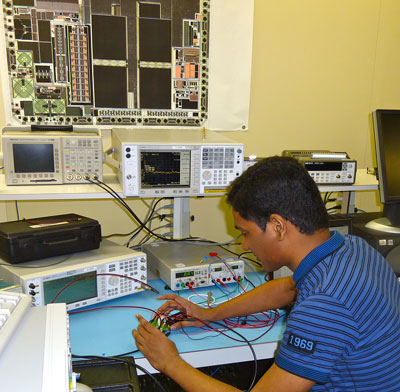 Experts produce leaner, greener microchips by trimming away little-used circuits.
Experts produce leaner, greener microchips by trimming away little-used circuits.
Mar 16th, 2011
Read more
Scientists at the U.S. Department of Energy's Lawrence Berkeley National Laboratory (Berkeley Lab) and the University of California at Berkeley have learned to control the quantum pathways determining how light scatters in graphene. Controlled scattering provides a new tool for the study of this unique material and may point to practical applications for controlling light and electronic states in graphene nanodevices.
Mar 16th, 2011
Read more
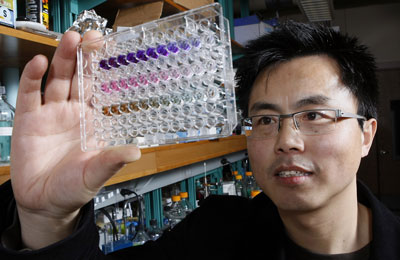 A Purdue University scientist's nanopolymer would make it easier and cheaper for drug developers to test the effectiveness of a widely used class of cancer inhibitors.
A Purdue University scientist's nanopolymer would make it easier and cheaper for drug developers to test the effectiveness of a widely used class of cancer inhibitors.
Mar 16th, 2011
Read more
Using a light-triggered chemical tool, Johns Hopkins scientists report that they have refined a means of moving individual molecules around inside living cells and sending them to exact locations at precise times.
Mar 16th, 2011
Read more
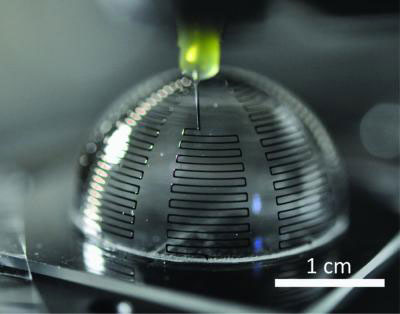 Omnidirectional printing of metallic nanoparticle inks offers an attractive alternative for meeting the demanding form factors of 3D electrically small antennas.
Omnidirectional printing of metallic nanoparticle inks offers an attractive alternative for meeting the demanding form factors of 3D electrically small antennas.
Mar 16th, 2011
Read more
This one-hour seminar will present techniques for making low current measurements and low resistance measurements on materials such as graphene, which must be characterized at very low power levels.
Mar 16th, 2011
Read more
CEA-Leti announced today that it and four French partners are developing an injectable tracer that can provide both nuclear imaging in the pre-operative evaluation of tumors and optical imaging during ablation or biopsy.
Mar 16th, 2011
Read more
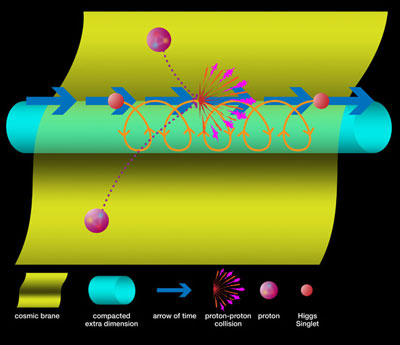 If the latest theory of Tom Weiler and Chui Man Ho is right, the Large Hadron Collider could be the first machine capable of causing matter to travel backwards in time.
If the latest theory of Tom Weiler and Chui Man Ho is right, the Large Hadron Collider could be the first machine capable of causing matter to travel backwards in time.
Mar 16th, 2011
Read more
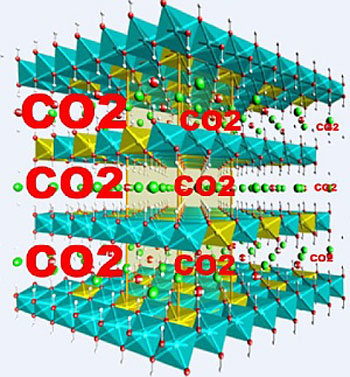 New findings reveal how layered metallic hydroxide crystals can trap carbon dioxide gas at elevated temperatures.
New findings reveal how layered metallic hydroxide crystals can trap carbon dioxide gas at elevated temperatures.
Mar 16th, 2011
Read more
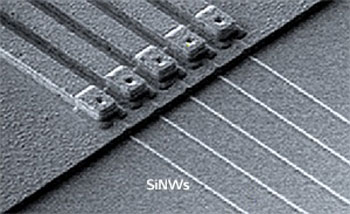 Ultrasmall silicon wires could detect subtle changes in estrogen receptor-binding DNA sequences that are implicated in breast cancer.
Ultrasmall silicon wires could detect subtle changes in estrogen receptor-binding DNA sequences that are implicated in breast cancer.
Mar 16th, 2011
Read more









 Subscribe to our Nanotechnology News feed
Subscribe to our Nanotechnology News feed